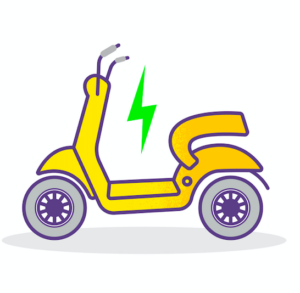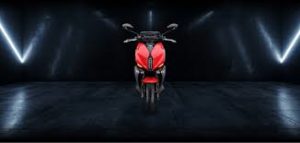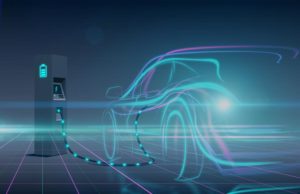
Advantages and disadvantages of an electric scooter over ICE scooter
- November 8, 2023
- 11:51 am
- No Comments
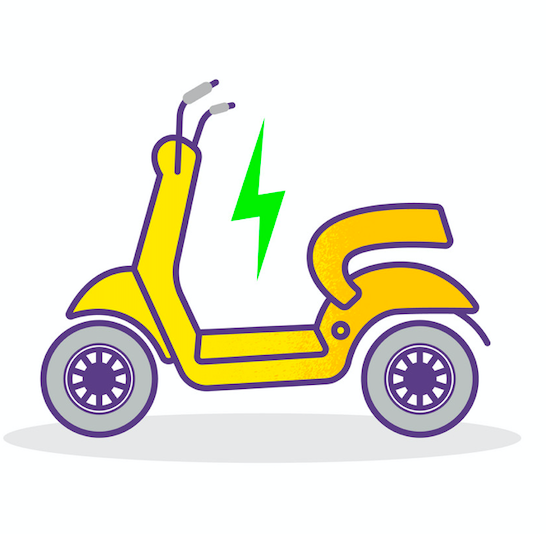
Advantages and disadvantages of an electric scooter over ICE scooter
Using an electric scooter (e-scooter) over a traditional internal combustion engine (ICE) scooter comes with several advantages and disadvantages. These can vary depending on individual preferences and specific use cases. Here’s a breakdown of the pros and cons of using an electric scooter:
Advantages of Electric Scooters:
-
Environmentally Friendly:
- Advantage: E-scooters produce no tailpipe emissions, reducing air pollution and greenhouse gas emissions.
- Advantage: They contribute to a cleaner and more sustainable environment.
-
Lower Operating Costs:
- Advantage: Electricity is generally cheaper than gasoline, resulting in lower fuel costs.
- Advantage: Reduced maintenance requirements mean lower long-term operating costs.
-
Quiet Operation:
- Advantage: E-scooters are quieter than ICE scooters, reducing noise pollution in urban areas.
-
Reduced Dependence on Fossil Fuels:
- Advantage: Using electricity for transportation reduces reliance on fossil fuels, which are finite resources.
-
Government Incentives:
- Advantage: Many governments offer financial incentives, rebates, and tax breaks for electric vehicle (EV) buyers.
-
Efficient Stop-and-Go Traffic:
- Advantage: E-scooters are well-suited for urban traffic conditions, offering quick acceleration and maneuverability.
-
Low Maintenance:
- Advantage: E-scooters have fewer moving parts and don’t require oil changes, leading to reduced maintenance costs.
-
Energy Efficiency:
- Advantage: Electric motors are more energy-efficient, converting a higher percentage of energy into motion.
-
Convenience:
- Advantage: Charging an e-scooter can be done at home or at any electric outlet, eliminating the need for gas station visits.
-
Long-Term Cost Savings:
- Advantage: While the upfront cost may be higher, e-scooters can offer savings over time due to lower fuel and maintenance expenses.
Disadvantages of Electric Scooters:
-
Limited Range:
- Disadvantage: E-scooters typically have a shorter range per charge compared to ICE scooters, which may require more frequent charging.
-
Charging Infrastructure:
- Disadvantage: Charging infrastructure may not be as widespread as gas stations, potentially limiting long-distance travel.
-
Charging Time:
- Disadvantage: Charging an e-scooter takes longer compared to refueling a gasoline scooter, which can be inconvenient for long trips.
-
Upfront Cost:
- Disadvantage: E-scooters may have a higher initial purchase price compared to their ICE counterparts.
-
Battery Degradation:
- Disadvantage: Over time, the battery’s capacity can degrade, reducing the scooter’s range.
-
Availability:
- Disadvantage: E-scooter availability and choice may vary by region, limiting options for potential buyers.
-
Charging Compatibility:
- Disadvantage: The availability and compatibility of charging equipment can vary, making charging less convenient.
-
Performance Constraints:
- Disadvantage: E-scooters may have limitations in terms of top speed and acceleration compared to some ICE scooters.
-
Manufacturing:
- Disadvantage: The production of electric scooter batteries can have environmental and supply chain challenges.
-
Battery Replacement Costs:
- Disadvantage: Replacing the battery of an e-scooter can be a significant expense when it becomes necessary.
In summary, electric scooters offer environmental benefits, cost savings, and a quieter, more sustainable mode of transportation. However, they come with some limitations related to range, charging infrastructure, and upfront costs. The choice between an electric scooter and an ICE scooter depends on individual preferences, usage patterns, and local infrastructure and regulations.
Please Note: The above facts are best to our knowledge and if there is any discrepancies, please do mail us at support@evhorse.com
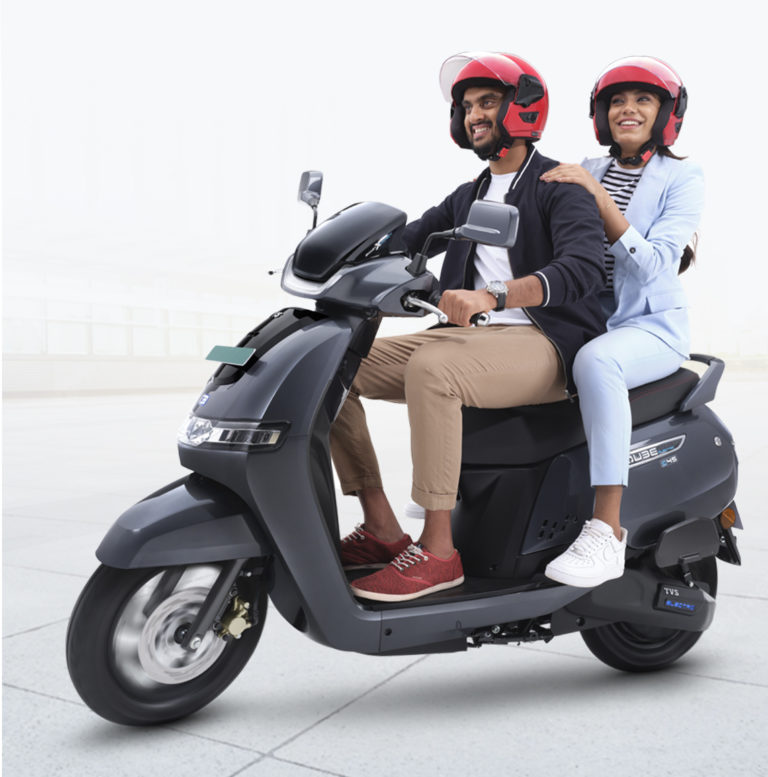
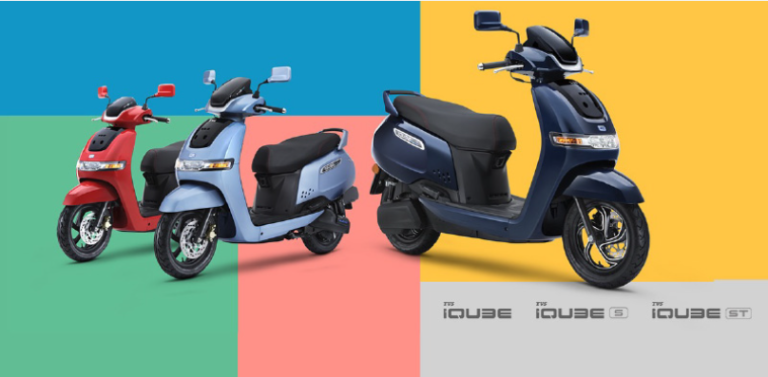
Related searches :
| Model | Ex-showroom Price |
|---|---|
| Bounce Infinity E1 | Rs. 47,499 |
| Hero Electric Optima | Rs. 67,190 |
| Ampere Magnus EX | Rs. 81,900 |
| Kinetic Green Zoom | Rs. 75,100 |
- Ola S1
- Bounce Infinity
- Hero Electric Optima
- Ampere Magnus EX
- Okinawa praise Pro
| Model | On-Road Price |
|---|---|
| Bounce Infinity E1 | Rs. 97,640 |
| Hero Electric Optima | Rs. 70,746 – 89,038 |
| Kinetic Green Zoom | Rs. 78,784 – 86,304 |
| Hero Electric NYX | Rs. 78,176 – 91,357 |
As far as range is concerned, the Ather 450X has a range of up to 108 km/charge and the Ola S1 has a range of up to 101 km/charge. Ather offers the 450X in 6 colours whereas the S1 comes in 14 colours. Out of 108 user reviews, S1 scores 4.3 whereas the Ather 450X tallies 4.0 out of 5 based on 81 user reviews
Tags :
tvs iqube, tvs electric scooter, tvs electric scooter price, tvs iqube price, iqube tvs, tvs iqube on road price, tvs iqube electric price,
All rights reserved @ RAASTA INFOTECH LLP

